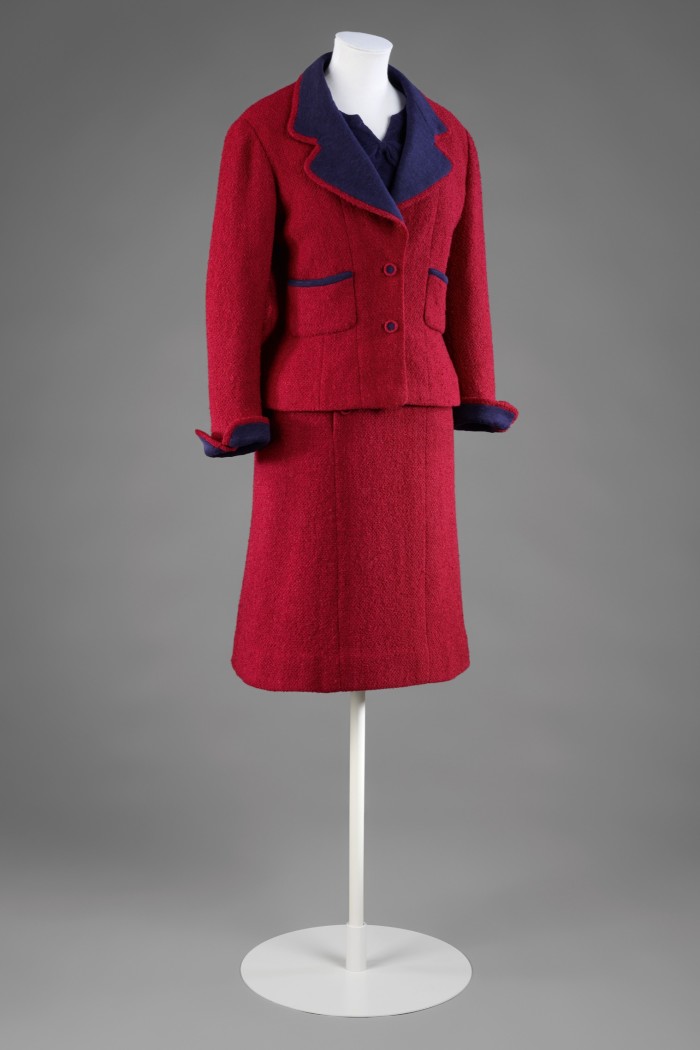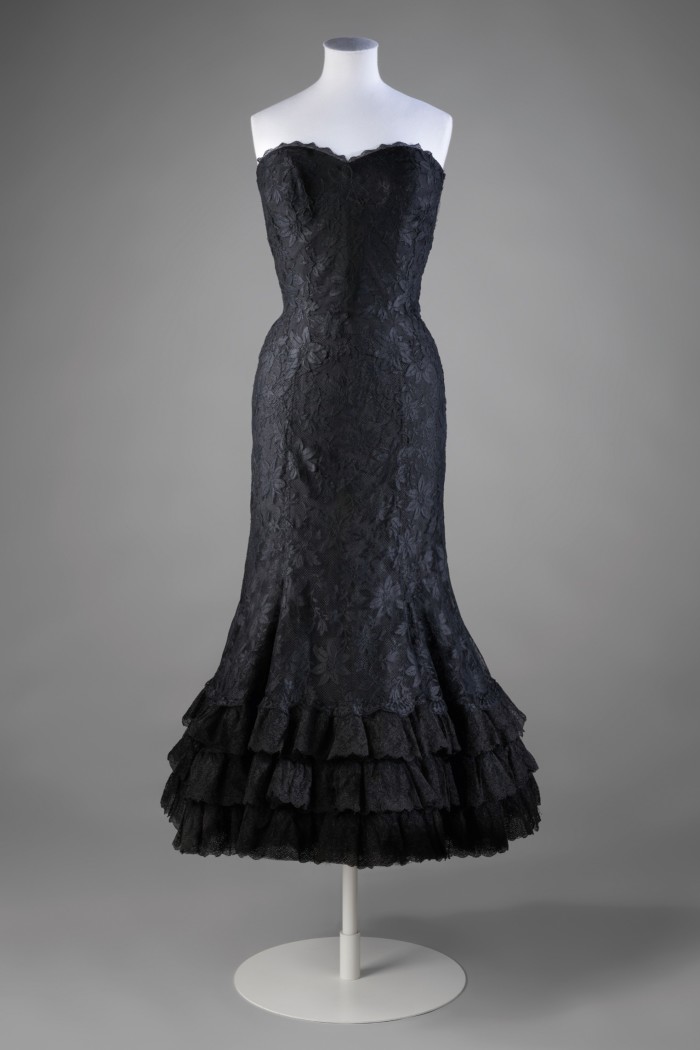Chanel’s British muse

Simply sign up to the Fashion myFT Digest -- delivered directly to your inbox.
Anne Gunning (1929-90) is sometimes referred to as one of the first “supermodels”; the Briton was a staple of Life magazine and Vogue, photographed by Norman Parkinson or Milton H Greene. Yet she still had professional regrets. In the 1950s, Coco Chanel asked her to model a collection at a show – but Gunning, who was only comfortable being photographed, wouldn’t. “That sea of faces glaring at me was too daunting,” she later told a writer. “I should have done it. I might have got all my Chanel suits for nothing if I had!”

Three of Gunning’s buys feature in the V&A’s blockbuster exhibition Gabrielle Chanel: Fashion Manifesto. A “reimagining” of a show first seen at Paris’s Palais Galliera, it is the first UK retrospective for the designer, who died in 1971. If it aims to illustrate her revolutionary approach, it’s also a chance to highlight Chanel’s many links with Britain. “They’re really lovely pieces,” says the V&A’s senior fashion curator Oriole Cullen of Gunning’s clothes: a salt-and-pepper tweed coat with pink cuffs, a black lace evening dress with a trumpeted hem and a burgundy skirt suit with signature jersey lining. Gunning worked for all the big designers, says Cullen, “but she chose Chanel for her own” – not least for her wedding, to the British politician Sir Anthony Nutting in 1961.


Chanel’s interest in Gunning, meanwhile, is not surprising. Tall and slim, the model was an ideal of elegance that the designer saw in herself and eagerly propagated. And it was hardly her first recourse to British chic. Part of the Chanel myth is how, during her affair with the Duke of Westminster in the 1920s, the designer fell for his tweeds, appropriating them for her own ends. Later, in 1932, she created British Chanel Limited, working with a stable of British textile manufacturers – Nottingham lace, Manchester velvets, wools and stuffs from Broadhead and Graves in Huddersfield... To launch it, she held a public two-week fashion show in Grosvenor Square. It signalled how Chanel was modern not just in her designs but in their dissemination. “People could come with their dressmakers, as many times as they wanted,” says Cullen. “She knew that they would come and probably copy her work. And if you get a lot of people wearing the Chanel style, then there’s more people who will aspire to have a Chanel suit.”
Gunning’s clothes also help tell a perhaps less familiar story: late Chanel, which is full of surprising experimentation. “The colourways she used in the 1960s were just incredible,” says Cullen, “super-acid bright greens, crazy pinks, really hot oranges”. And although Chanel famously grumbled about the New Look, the cinched-in structured style championed by Christian Dior, she clearly took it into account. Gunning’s burgundy suit “is actually quite waisted”, says Cullen – but, fittingly, “it’s waisted in a way that is wearable and comfortable”. For Chanel, moving the needle was sometimes radical, sometimes subtle.
“Gabrielle Chanel: Fashion Manifesto” is at the V&A South Kensington, London, from 16 September 2023 until 25 February 2024
Comments